Copper bars are rectangular or cylindrical pieces composed of solid copper metal that are produced through the process of smelting, where copper ore extracted from the ground, refined, cast, or extruded is transformed into bars by casting or extrusion methods and eventually formed into rectangular or cylindrical-shaped bars through casting or extrusion techniques. Copper bars typically possess excellent electrical and thermal conductivity as well as corrosion resistance, malleability and ductility making them essential in various industries.
Copper bars stand out as one of the prime properties due to their exceptional conductivity, boasting superior conductivity when it comes to both electricity and heat conduction compared to most metals. Their superior conductivity enables copper to efficiently conduct both, making copper ideal for electrical applications like wiring, components and power distribution systems while their minimal energy loss during transmission only furthers their effectiveness and enhances system efficiency.
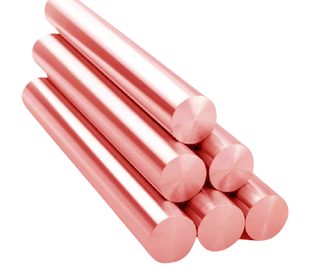
Copper bars boast extraordinary corrosion resistance properties that allow them to resist exposure to moisture, air, and various environmental elements without significant degradation, making them suitable for outdoor and marine applications that necessitate resistance against rust and corrosion such as outdoor construction projects, marine engineering applications and architectural applications that rely heavily on them for longevity and durability. Copper bars have long been utilized by construction teams as an architectural material of choice because of these remarkable qualities.
Copper bars possess excellent malleability and ductility, enabling manufacturers to easily shape, bend, or form them to desired configurations without fear of fracture. This property allows designers and manufacturers to craft intricate designs or customized components tailored specifically for various applications - architectural details, plumbing fixtures or electrical connections can all benefit from having flexibility of design and functionality when it comes to copper.
Copper bars stand out among their counterparts due to their antimicrobial qualities, effectively inhibiting bacteria, viruses and fungi from growing on them. As such, these properties make copper ideal for healthcare facilities, food processing plants or any environment where cleanliness and sanitation is key - including them into surfaces or fixtures can contribute to creating cleaner and safer surroundings.
Copper bars find widespread applications across many industries. Electrical engineers rely heavily on them in power generation, transmission and distribution systems, their use also produces motors transformers and appliances for motorsport. Meanwhile in construction they're used in roofing, plumbing HVAC systems architectural details, as well as being integrally used when producing equipment for automobile, aerospace and electronics industries due to their excellent conductivity and dependability.
Apple Steels stands as one of the premier manufacturer and supplier of copper bars in Mumbai, India and boasts unsurpassed quality and service for our clientele. Driven by excellence and commitment to perfection, our copper bars meet diverse industrial needs with efficiency and durability backed by advanced technology and skilled workforce support - setting industry standards beyond expectation! Choose us for all of your copper bar requirements for an experience of superior quality, dependability, and trustworthiness!
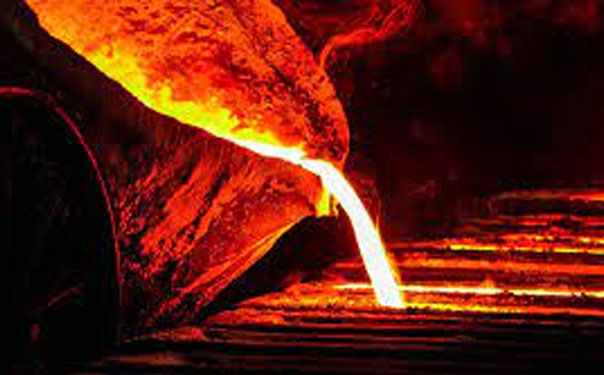
Melting and Casting
Steel and alloying metals are loaded into an electric arc furnace. Once in the furnace, the metal is heated to a specific temperature above its melting point, usually in excess of 2800°F.
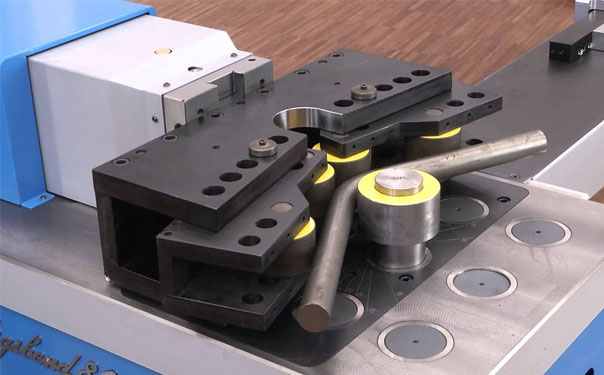
Forming
Most cast steel is formed by hot rolling—the slab, bloom, or billet is heated and passed through large rollers, stretching out the steel into a longer, thinner form.

Heat treatment
Heat treatment strengthens rolled Copper Bars by recrystallizing the deformed microstructure. Most Copper Bars is heat treated by annealing.
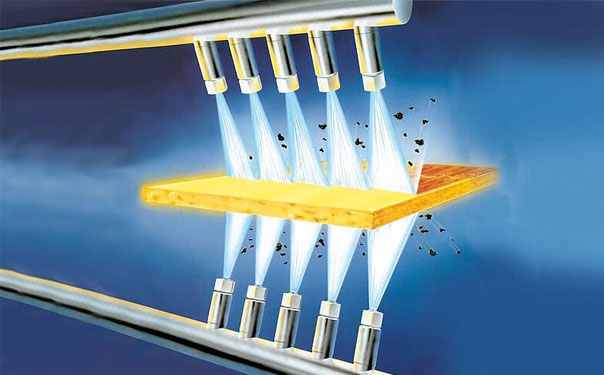
Descaling
A rolled piece of Copper Bars acquires a layer of oxidized “mill scale,” which needs to be washed away to restore a shiny surface finish.
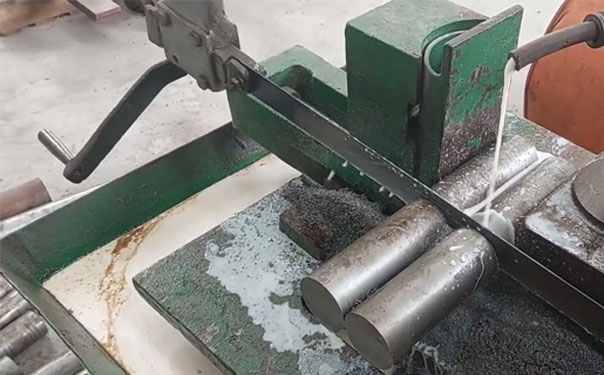
Cutting or Machining
Copper Bars is cut to a specified shape and size. The Copper Bars can be sheared with circular knives, sawed with high-speed blades, or blanked with punches.
| Dimensions : | EN, DIN, JIS, ASTM, BS, ASME, AISI |
| Wire : | Thickness starting from 0.05mm |
| Round bar size : | Diameter: 3-~800mm |
| Hex Bar size : | 2-100mm A/F |
| Flat bar size : | Thickness: 2 -100mm / Width: 10 to 500mm |
| Square bar size : | 4 to 100mm |
| Rectangular Bars Size : | 33 x 30mm to 295 x 1066mm |
| Hollow Bar : | 32mm OD x 16mm ID to 250mm OD x 200mm ID |
| Tolerance : | H8, H9, H10, H11, H12, H13K9, K10, K11, K12 or as per clients’ requirements |
| Finish : | Black, Bright Polished, Rough Turned, NO.4 Finish, Matt Finish, BA Finish |
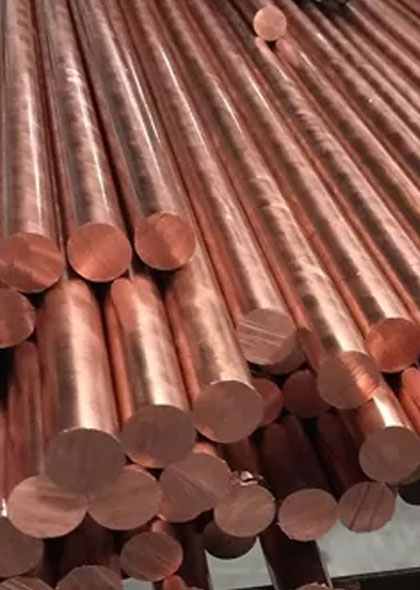
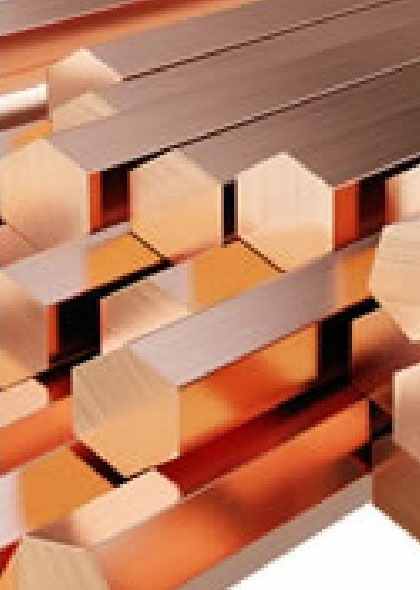
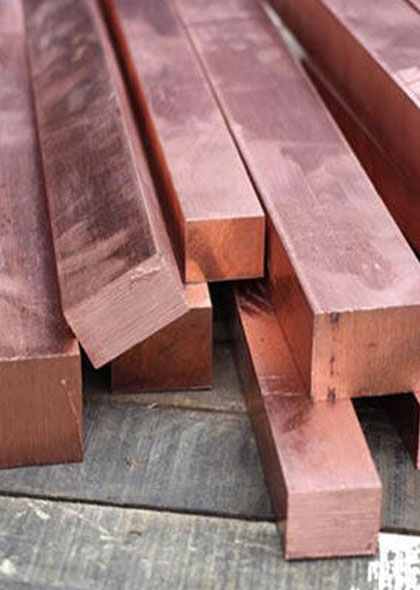

Electrical Industry

Automotive Industry

Construction Industry

Defence Industry

Pharmaceutical Industry

Petroleum Industry

Petrochemical Industry

Milk & Dairy Industry
Austria, Azerbaijan, Belarus, Belgium, Bulgaria, Croatia, Cyprus, Czechia/Czech Republic, Denmark, Estonia, Finland, France, Germany, Greece, Hungary, Ireland, Italy, Latvia, Liechtenstein, Lithuania, Luxembourg, Malta, Moldova, Monaco, Netherlands, Norway, Poland, Portugal, Romania, Russia, Serbia, Slovakia, Spain, Sweden, Switzerland, Turkey, Ukraine, United Kingdom.
Afghanistan, Armenia, Azerbaijan, Bahrain, Bangladesh, Bhutan, British, China, Egypt, Hong Kong, India, Indonesia, Iran, Iraq, Israel, Japan, Jordan, Kuwait, Kyrgyzstan, Lebanon, Macau, Malaysia, Maldives, Mongolia, Myanmar, Nepal, North Korea, Oman, Philippines, Qatar, Russia, Saudi Arabia, Singapore, South Korea, Sri Lanka, Taiwan, Thailand, Turkey, United Arab Emirates, Vietnam.
Algeria, Angola, Botswana, Burkina Faso, Burundi, Cameroon, Central African Republic, Egypt, Eswatini, Ethiopia, Gambia, Kenya, Liberia, Libya, Madagascar, Mauritania, Mauritius, Morocco, Mozambique, Namibia, Niger, Nigeria, Rwanda, Senegal, Seychelles, South Africa, Tanzania, Tunisia, Uganda, Zambia, Zimbabwe.
Antigua and Barbuda, Bahamas, Barbados, Belize, Canada, Costa Rica, Cuba, Dominica, Dominican Republic, El Salvador, Grenada, Guatemala, Haiti, Honduras, Jamaica, Mexico, Nicaragua, Panama, Saint Lucia, Saint Vincent and the Grenadines, Trinidad and Tobago, United States of America, Argentina, Bolivia, Brazil, Chile, Colombia, Ecuador, Guyana, Paraguay, Peru, Suriname, Uruguay, Venezuela.